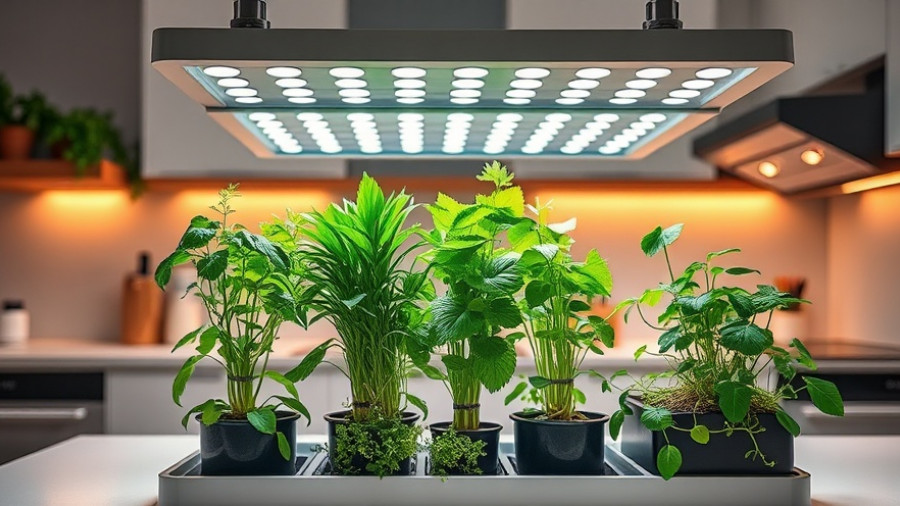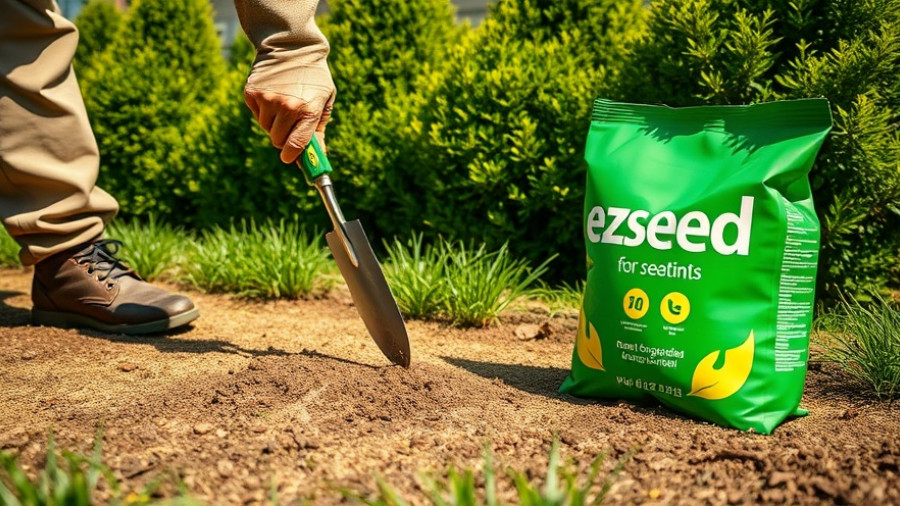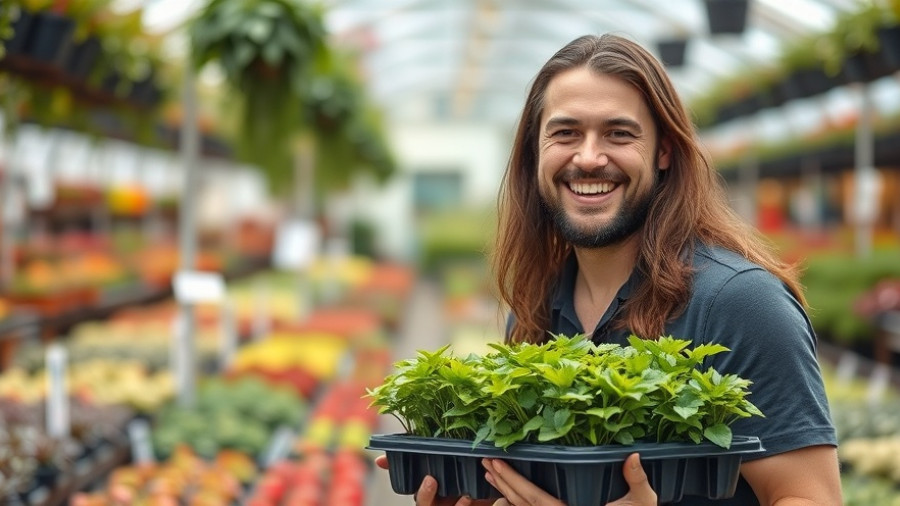
Unraveling the Enigma of the Boylecheloid Flower: Fantasy or Fact?
In today’s world of digital fascination, a captivating idea often blooms like a rare flower, motivating curiosity and wonder. One such phenomenon is the Boylecheloid Flower, a name that conjures images of elusive beauty with spiraled petals and enchanting colors that shift throughout the day. But is this mystical flower a genuine botanical specimen or merely a figment of our collective imagination?
The Allure of the Boylecheloid Description
The Boylecheloid is depicted as:
- A flower that grows in hidden valleys, rare and difficult to find.
- With petals that transform from red at dawn to violet at dusk, and perhaps even bluish under moonlight.
- Possessing a fragrance that intensifies at night, enticing those who are fortunate enough to encounter it.
However, reports indicate that the Boylecheloid does not exist in botanical and scientific terms. No reliable botanical sources or taxonomists have validated this flower’s existence. It seems to be a word conceived in the realms of quizzes, stories, and a blend of creativity that leads many to wonder about its authenticity.
Real Blooms That Inspire Myth
Though the Boylecheloid may not exist, its description likely draws inspiration from several real flowers, including:
- Cosmos bipinnatus (Garden Cosmos): With airy blooms available in shades of pink, white, and purple, its delicate petals capture the spirit of the rumored Boylecheloid.
- Dahlias and Chrysanthemums: Known for their rich, layered petals, these blooms echo the sculptural aspects attributed to the Boylecheloid.
- Orchids: Exotic and often fragrant, orchids embody the mystical qualities that the Boylecheloid is reputed to possess.
The Cultural Significance of Mythical Plants
The imagination surrounding the Boylecheloid serves as an example of how myths take root in our culture. Humans are naturally drawn to rare beauty and stories that evoke emotion. Such mythological flora often symbolize deeper meanings, like transformation and resilience, capturing the essence of what gardeners and dreamers seek.
As we explore the narratives behind such fantastical plants, we find that even if the Boylecheloid does not exist, it offers a compelling narrative that touches on our desire for connection to nature's mysteries.
Creating Your Own Boylecheloid Garden
For those captivated by the allure of the Boylecheloid, it is entirely possible to embrace its spirit through gardening. Consider planting:
- Cosmos, for vibrant color and ease of care.
- Dahlias, for their impressive shapes and variety.
- Night-blooming jasmine or evening primrose, to capture the magical evening fragrance.
This approach allows you to cultivate your space with beauty inspired by the mystical allure of the Boylecheloid, making your garden a sanctuary of enchanting blooms.
In conclusion, whether myth or reality, the Boylecheloid Flower symbolizes the dreams and aspirations of garden enthusiasts everywhere. For homeowners in Folsom and El Dorado Hills, exploring gardening with vibrant and imaginative plants can add both beauty and meaning to their outdoor spaces.
To dive deeper into the world of enchanting plants, let's connect and share our gardening journeys!
 Add Row
Add Row  Add
Add 




Write A Comment